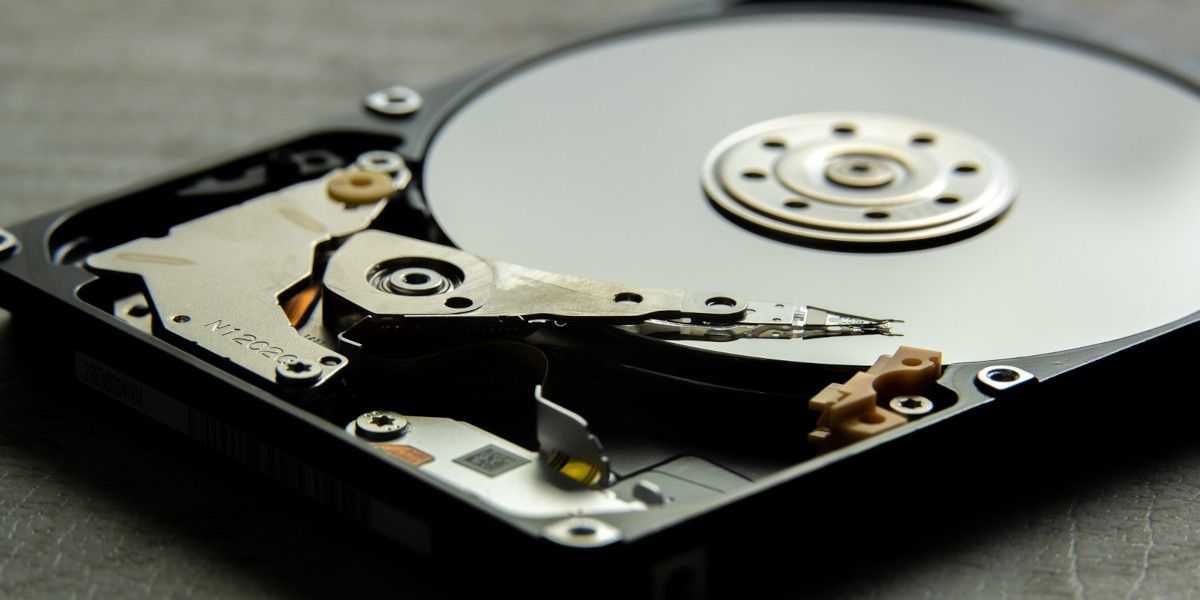As the saying goes "Failing to prepare is preparing to fail," you should always be prepared with a data backup to avoid losing valuable data on your Linux PC or server.
A backup strategy is a simple plan that prepares you to quickly and easily recover your important data in the shortest amount of time possible. Let's look at how you can devise a backup and recovery plan for Linux that best suits your needs.
Why Is It Important to Have a Backup Plan?
For critical businesses, losing data might be a matter of life and death. For others, it might mean losing those important memories if you lose family photos. Whatever the case, if you cannot afford to lose some data then you should always back it up.
A solid backup plan will allow you to:
- Quickly recover your core data for business continuity
- Secure your business, because data is one of the most valuable assets to any business
- Save money on expensive recovery solutions or professionals in case of data loss
Defining a backup and restore plan allows you to be aware of your core or valuable data. Here are some of the important decisions you should make regarding your backup plan.
1. Identifying the Risk Factors
The first step is to identify some of the risks that are bound to cause data loss. For example, you could be living in an area where theft is rampant. In that case, you might want to back up your data to simple devices like external hard disks and keep them in separate locations. Also, encrypt your files or your entire hard disk to add an extra layer of security.
Or the risk could be that you are fond of tweaking your Linux system. In that case, you might want to frequently create snapshots of your system and store them on a hard drive.
If you live in an area that is prone to natural disasters, then you should definitely back up your data to a different geographical location using online cloud servers.
2. Analyzing What Data to Back Up
One of the first questions that you should ask early on is: what should I back up? The simple answer is that you should back up all data that you can't afford to lose.
For creative artists, it could be important video projects or client photos. For some, it could be config files, documents, etc. Mark all your important data for backup.
Linux gives you a variety of backup utilities that you can use to clone specific files on your system or your entire hard disk.
3. Deciding the Data Backup Type
There are different kinds of data backups, and which one you choose depends on personal preferences, available storage space, company policy for organizations, and more.
1. Full Backups
All the data that you intend to back up is backed up whenever you run a full backup job. A full backup contains all the data that you need to successfully recover your data.
Full backups take time to run and consume more storage space in comparison to other backup types. They offer a very simple recovery process, however.
2. Differential Backups
A differential backup only backs up the data that has changed since the last full backup you conducted. You'll need both the full backup and differential backup to recover lost data.
Differential backups are much quicker to run and consume less storage in comparison to full backups. Also, if you have a huge amount of data, you'd rather run differential backups.
3. Incremental Backups
Incremental backups only back up the data that has changed since the last incremental backup. When it comes to data recovery for incremental backups, you'll need all the incremental backups for a specific restore point and the full backup.
Most backup utilities will handle these types of backup for you at the press of a button, so you should not worry about all the inner workings.
4. Running Backups on Linux
You can either run your backups manually or have them run automatically on Linux.
- Manual: With manual backups, you have to actively start the backup process yourself.
- Automated: Automatic backups are scheduled and occur in the background at configured times. If you are backing up with script tools such as rsync, you can use cron to automate your scripted backups. Most Linux backup tools such as Déjà Dup allow you to automate your backups easily.
Even though you run automated backups, you should still back up your data manually in specific situations, for example, before upgrading to another version of your Linux distro.
You should also consider for how long you want to keep backups. Most backup utilities will clean up old backups, so you should be aware of that.
5. Choosing the Backup Location
Another important point to consider is the kind of medium that you want to back up your data to. There are three main broad categories that you can use. Your choice will mainly boil down to factors such as the sensitivity of the data you want to back up, and how quickly you can access the backup medium.
1. Local Storage
A local storage medium could be a disk partition on your PC, or an external device that you keep on-premises.
For local storage mediums, it is important that you are aware of risks such as flooding, where both the PC and external disk are damaged because they are in the same location. This brings us to the next topic where you could back up to another location.
2. Network Device
A network device can be a PC or server that you connect to via a local area network or a global network that is not on your premises. This is a safer option than having both your PC and backup data in the same location.
3. Cloud Services
Solutions such as iCloud, OneDrive, and Google Drive give you the option to sync and backup your data to their remote servers. All these solutions are initially free for a few GB of data, but you have to pay for larger data volumes. You can also use more secure and encrypted cloud solutions such as Mega.
The advantage of most cloud solutions is that they also back up your data and offer robust security, so you have multiple layers of protection. In addition, they are responsible for maintaining the servers and network on your behalf.
6. Preparing a Data Recovery Plan
You need to have a clear recovery plan so that you are aware of all the steps that you need to carry out to recover or restore your data.
Your plan should allow you to restore your data, in the least amount of time and without too much hassle. You do not want to have a long downtime which is bad for businesses. Whatever the case, you should be able to restore your backups as quickly as possible.
Create a Backup for Your Linux System Today!
Defining a backup plan for Linux is crucial if you don't want to lose your valuable personal or business data. If you don't have a backup in place, you should consider creating one today.
If you're using a personal computer and want to back up your entire system locally, you can do it using dd, a command-line utility to clone and restore Linux disk images.



